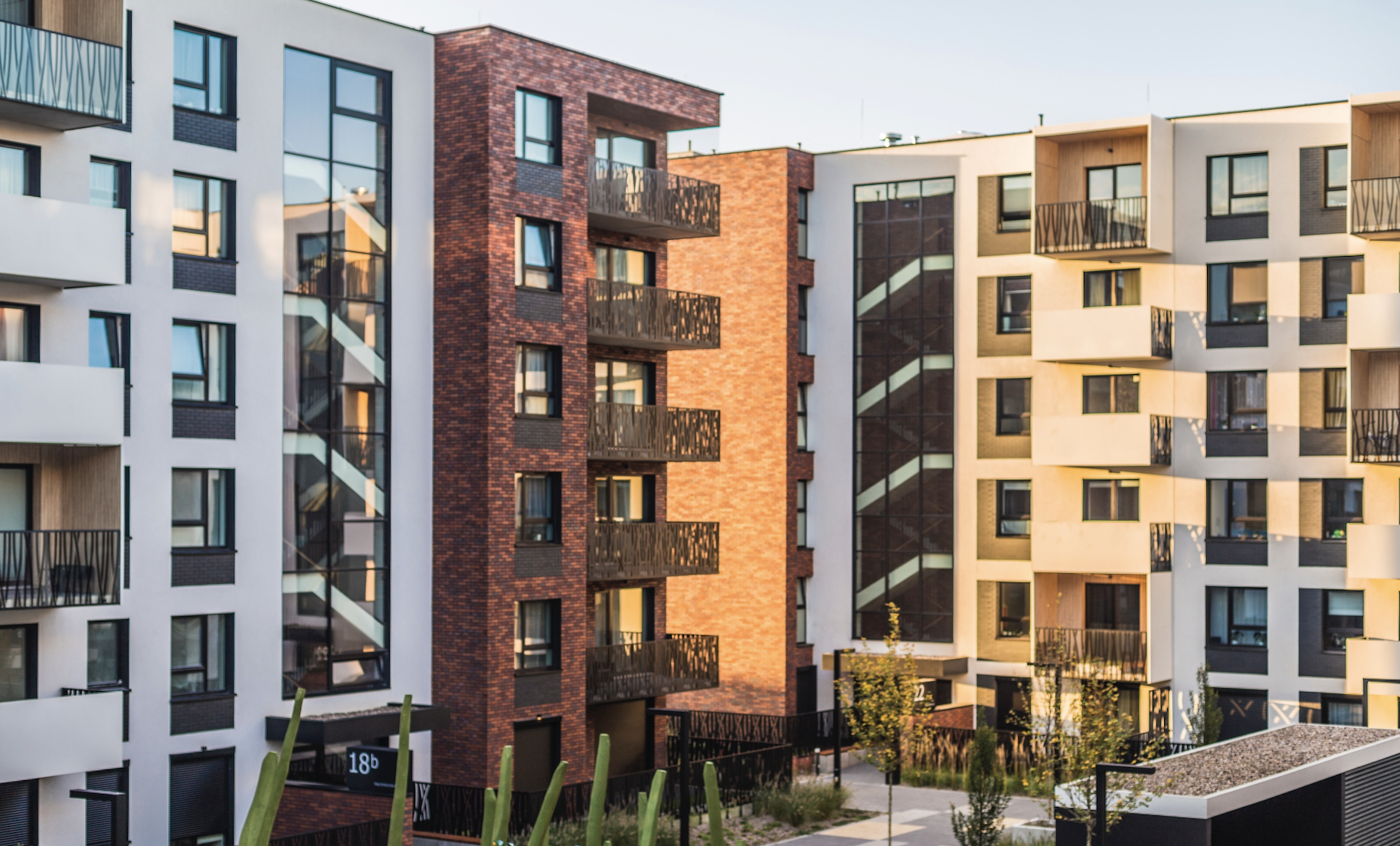The real estate landscape in the United States has always been dynamic, shaped by various factors such as economic conditions, demographic shifts, and housing market trends. As we approach the end of 2023, many are curious about the trajectory of rental prices across the country in 2024. In this blog post, we will delve into the current data, analyze existing trends, and explore predictions to answer the burning question: Will renting across the US go down in 2024?
Current state of the rental market
To understand where the rental market is heading, it's essential to grasp its current state. According to data from Zillow and Redfin, rental prices have experienced a notable increase in various cities and regions as of 2023. The COVID-19 pandemic has had a significant impact, influencing housing preferences and demand for larger spaces as remote work becomes more prevalent.
Zillow's latest rental market report indicates a nationwide increase in rental prices of approximately 9% over the past year, with certain metropolitan areas experiencing even more significant spikes. Redfin's data aligns with this trend, highlighting the competitive nature of the rental market.
Forecasting for the end of 2023
As we approach the end of 2023, experts predict that the rental market will continue to be characterized by tight supply and strong demand. Zillow's forecasts suggest a potential slowdown in the pace of rent increases, with a projected national increase of around 5% in rental prices by the end of the year. Redfin's data echoes these projections, indicating that while rent may continue to rise, the rate of increase could moderate.
Several cities are expected to see a stabilization in rental prices, while others may experience a modest decrease in certain neighborhoods. The overall forecast for the end of 2023, based on Zillow and Redfin data, suggests that the rental market will remain competitive but may exhibit signs of a more balanced equilibrium.
Predictions for 2024
Looking ahead to 2024, several factors will play a crucial role in determining the direction of rental prices across the US:
Economic conditions: The overall economic health of the country, including employment rates and inflation, will impact the affordability of housing. A robust economy may support rental market growth, while economic challenges could contribute to a slowdown.
Remote work trends: The continued prevalence of remote work will influence housing preferences. If remote work becomes a more permanent fixture, individuals may seek rental properties in less expensive areas, potentially leading to a decrease in rental prices in some urban centers.
Housing supply: The construction of new housing units and apartment complexes will play a pivotal role in shaping the rental market. Increased supply may alleviate pressure on prices, while a shortage could contribute to further increases.
Government policies: Any changes in government policies related to housing, such as rent control measures or incentives for affordable housing development, can significantly impact the rental market landscape.
Conclusion
While predicting the future of the rental market with absolute certainty is challenging, the available data from Zillow and Redfin, along with current trends, suggest that the pace of rent increases may taper off by the end of 2023. As we move into 2024, staying informed about economic conditions, housing supply, and societal trends will be crucial for both renters and landlords navigating the dynamic real estate landscape.
And don’t forget to use Rhino as your primary digital deposit platform for your leasing experience in the new year and give renters the financial options they need to support their move-in requirements.



